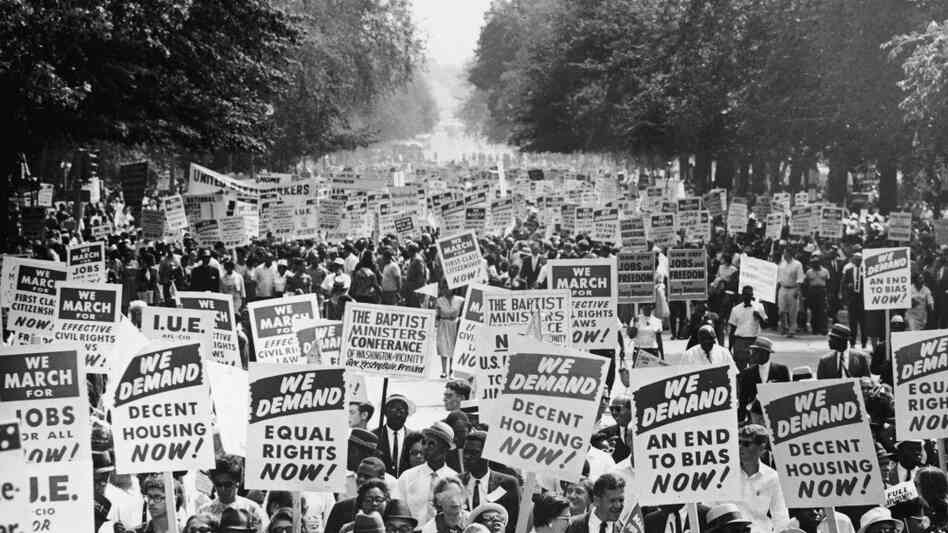Richard Parrish And The March On Washington For Jobs And Freedom
Our guest author today is William P. Jones, history professor at the University of Wisconsin, Madison, and author ofThe March on Washington: Jobs, Freedom and the Forgotten History of Civil Rights (W.W. Norton & Co., 2013)
If Richard Parrish had his way, the March on Washington for Jobs and Freedom would have occurred in 1941 rather than 1963. As President of the Federation of Colored College Students in New York City, the 25-year old student was a key organizer of the mass demonstration that union leader A. Philip Randolph called to protest discrimination in the armed forces and the defense industries during the Second World War. He was furious, therefore, when Randolph cancelled the march in exchange for an executive order, issued by President Franklin D. Roosevelt, prohibiting defense contractors from discriminating against workers on the basis of their race, color religion, or national origin. Parrish agreed that this was a major victory, but pointed out that it would expire when the war ended and do nothing to address discrimination in the armed forces. Accusing Randolph of acting without consulting the students and other groups that supported the mobilization, he insisted that the March on Washington be rescheduled immediately.
Randolph refused—accusing Parrish and other young militants of being “more interested in the drama and pyrotechnics of the march than the basic and main issues of putting Negroes to work”—but the disagreement did not prevent the two black radicals from working closely together to build a powerful alliance between the civil rights and labor movements in the postwar decades. After completing his bachelor’s degree in 1947, Parrish worked as a teacher and union leader until his retirement in 1976. He also worked closely with Randolph to open jobs and leadership positions for black workers in organized labor. When Randolph decided to reorganize the March on

